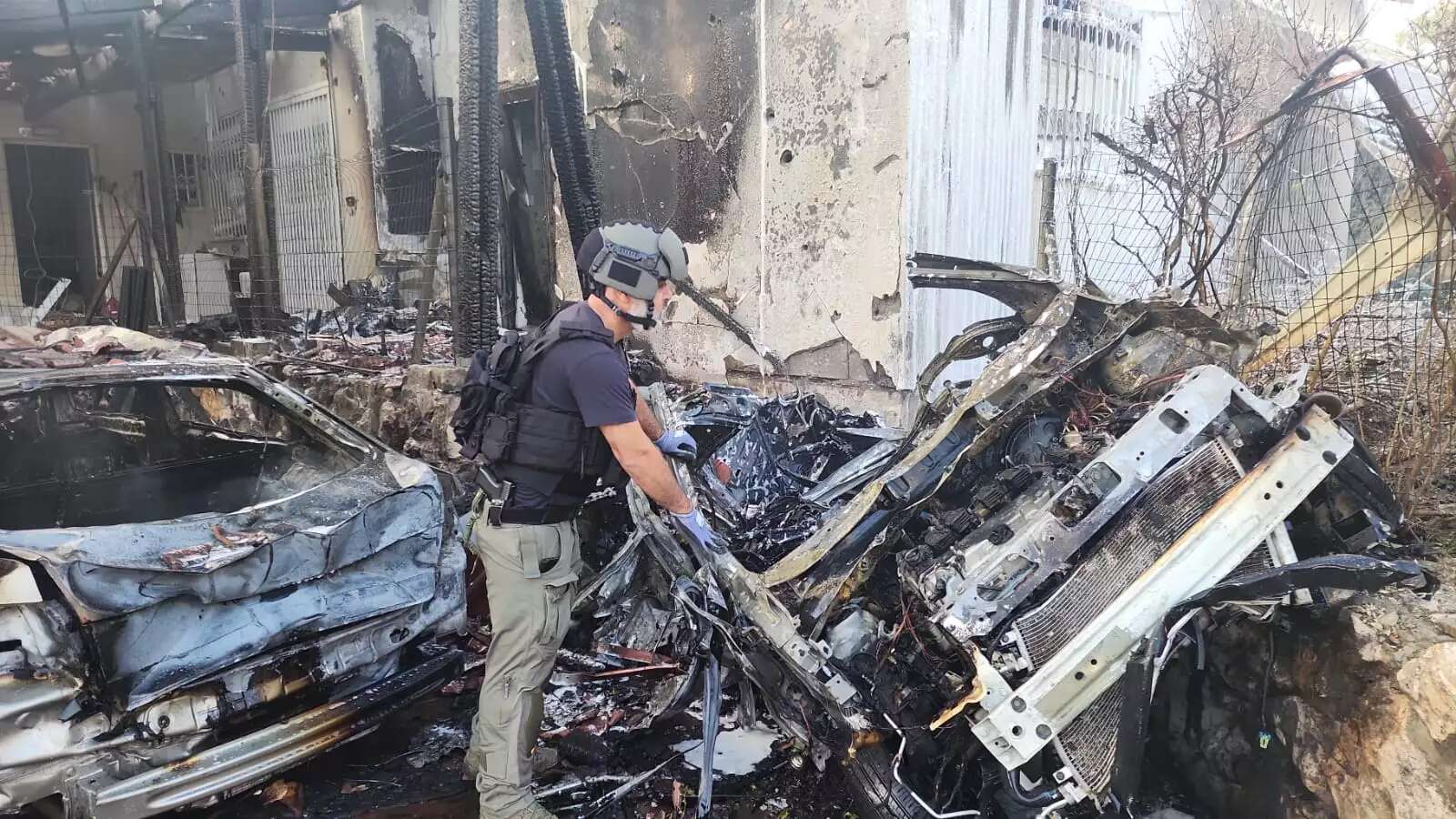UAV war: Israel must not tolerate a new normal
As the war continues, we must assume that enemies across all fronts will continue to challenge us.
Zvika Haimovich
Israel Hayom
Oct 14, 2024
Suicide (kamikaze) drones during a two-day drone drill at an undisclosed location in Iran
Six months ago, I dubbed the current conflict "The First UAV War". Hezbollah, primarily but not exclusively, identified both the potential threat of unmanned aerial vehicles and the IDF's vulnerability to them. They have been systematically deploying hundreds of aerial platforms from the north toward all parts of Israel.
Before the ground offensive, these were mainly very small and slow devices that, under the cover of topography and the Lebanese border, allowed brief exposure and diving toward towns and outposts near the fence. This scenario is almost impossible for defense systems to counter. With the start of the ground offensive, we see Hezbollah using larger vehicles (and there are even larger ones, as we see and experience in other arenas), which challenge the Israeli home front. This was evident on Yom Kippur eve with the strike on a retirement home in Herzliya, and yesterday with the tragic outcome in Wadi Ara.

If we examine the past week, during which the Israeli Air Force intercepted a UAV from Yemen (north of Ashkelon) and two unmanned aerial vehicles from Iraq (near Rishon LeZion), along with those I mentioned in the last two days from Lebanon – we understand that the multi-front challenge is not coincidental. This involves Iranian guidance of the concept, technology, means, and operation.
The UAV threat caught Israel not optimally prepared for a known and recognized threat. Compared to the IDF's capabilities against high-trajectory threats, the response in this area is insufficient. The primary challenge is detecting these vehicles in flight. This initiates the response chain, from translating to civilian alerts (and we saw the importance and difference in outcome between the incident in Herzliya and the one in Wadi Ara) and continues with intercepting and neutralizing the threat, either by ground systems like Iron Dome and additional means, or by aerial platforms. Many UAVs were intercepted by fighter jets.
As the war continues, we must assume that enemies across all fronts will continue to challenge us. In this learning competition, we must find a response in the form of technology, means, deployment, and preparedness, and any other solution that will improve our ability to cope. Although the potential payload of a UAV is less than that of a ballistic missile from Iran (660-1,100 pounds of explosives) or a heavy rocket from Hezbollah (220 pounds or more), the psychological aspect of penetrating the aerial dimension and the ease with which the home front in central Israel becomes an accessible target in the enemy's eyes is not something that can be normalized.

1 comment:
It's time. If you know, you know.
Post a Comment